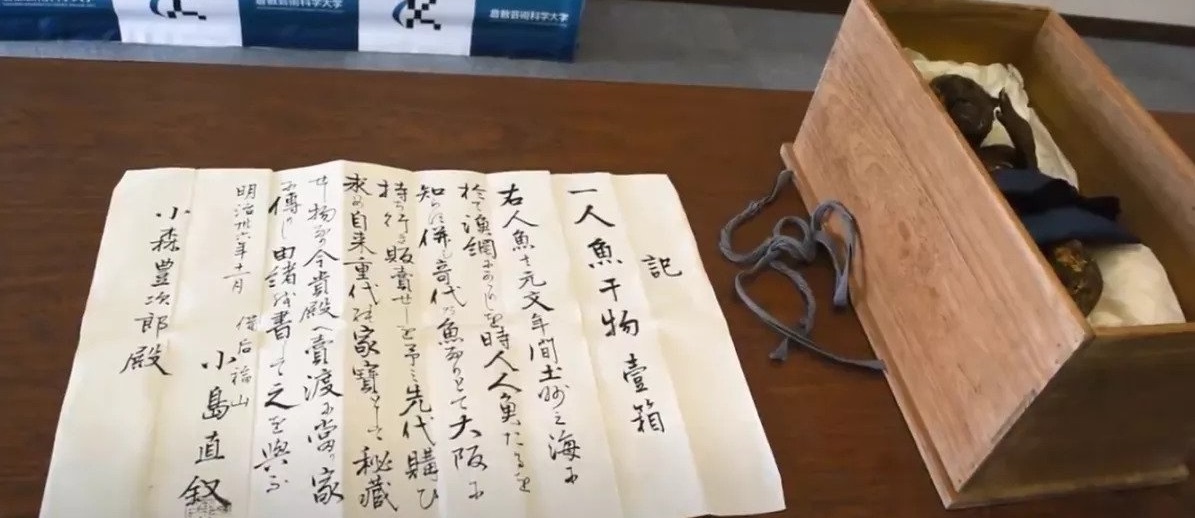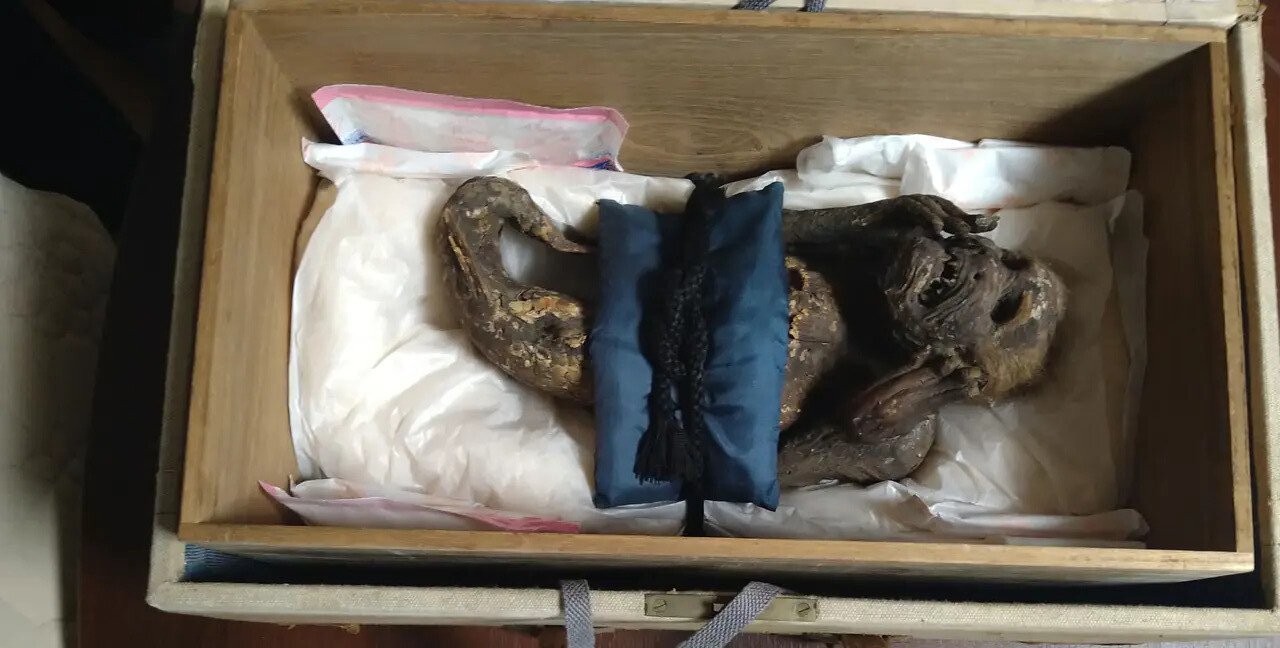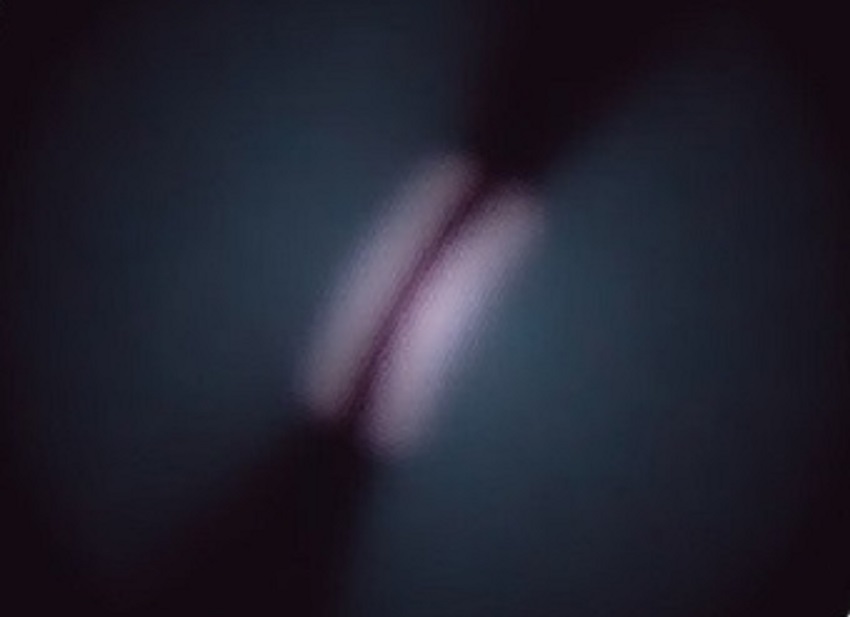For hundreds of years now, a strange mummified creature has served as a source of mystery, amazement, and worship for some Japanese priests. The mysterious remains were discovered in a box with an enigmatic note in Okayama’s Enjuin Temple. According to reports from the area, the unusual delivery came with the following note:
“A mermaid caught in a net off the sea off of Tosa […] in the Genbun era [1736-1741 CE].”
Since then, the “mermaid” and her intriguing note have been celebrated as a sort of unsolved mystery, with many people curious to learn what the creature was and where it even originated from.

The “mummy” is certainly a sight to behold, complete with hair on its head, a partial set of teeth, back scales, and five digits on each hand that eerily clutch at the face. The 30-cm-tall creature has been hidden within the walls of the historic Enjuin Temple for many generations, up until just a year ago.
Science has an answer
Scientists from the Kurashiki University of Science and the Arts in Okayama Prefecture eventually made some progress toward understanding what was actually behind the allegedly mummified carcass after a year-long research investigation into the unidentified creature. It turns out that the mysterious creature was not a real animal, but an artificially-constructed object.
“Based on our analysis and the history of mummy creation in Japan, we can only conclude that the mermaid mummy was probably man-made,” stated Takafumi Kato, a paleontologist working on the project.
Kato reported that the research team used CT scanners to draw their conclusions and that they discovered that the object was actually made of paper, cloth, and cotton. Nonetheless, some genuine animal remains were discovered to be attached to the object.
According to the study, the lower half of the body was determined to be a combination of the dorsal, anal, and pelvic fins, the fin bones that support the fins, and the caudal skeleton, which came from a fish’s tail or fin. Its head’s hair-like fuzz was discovered to have mammal origins, and its jaw and teeth also came from an ocean-dwelling predatory fish.
The research on the object was the first of its sort, dispelling any speculations that the “mummy” would be half fish and half monkey. The team discovered that the scales were constructed in the late 1800s using radiocarbon dating technology, which is also when scientists theorize the artifact was first created.





